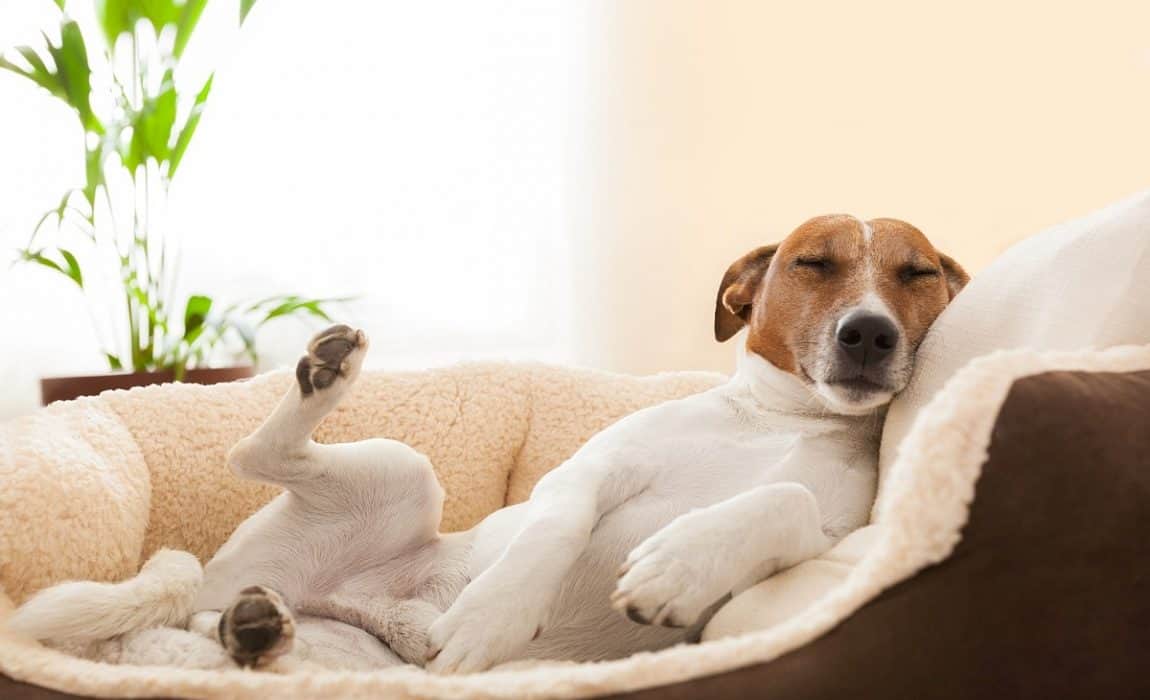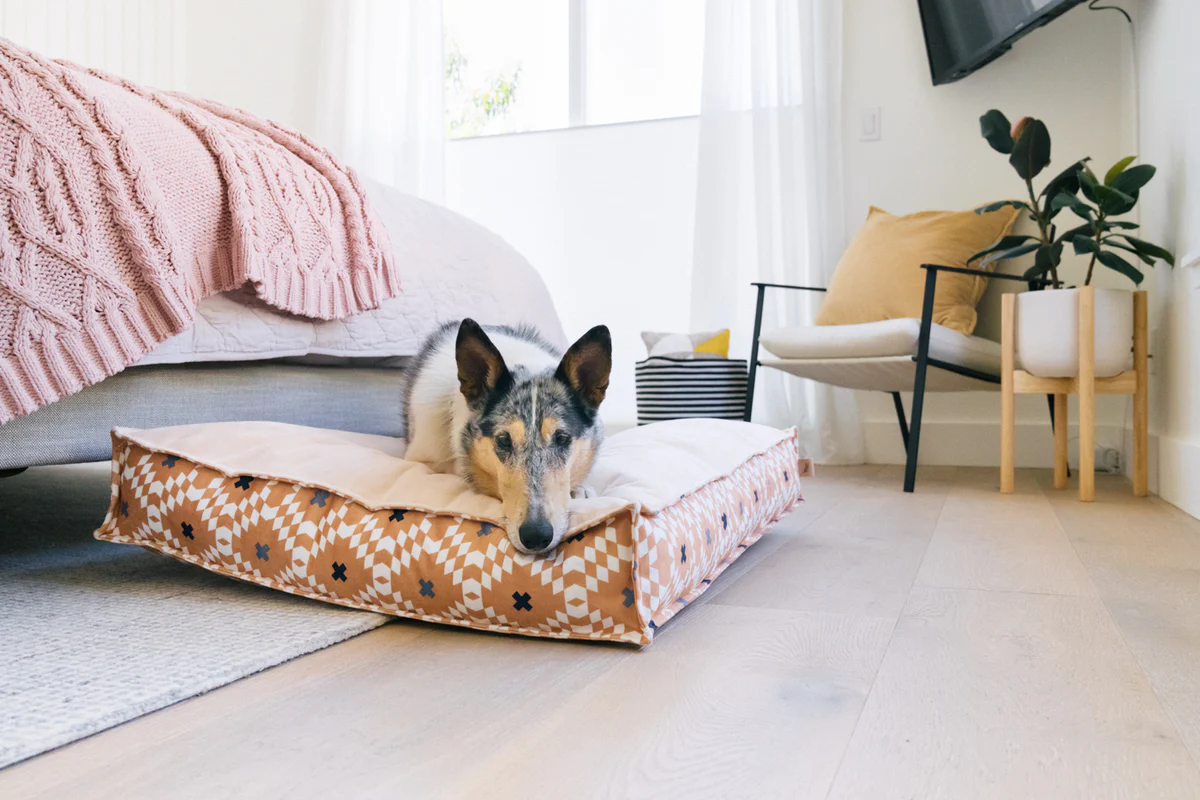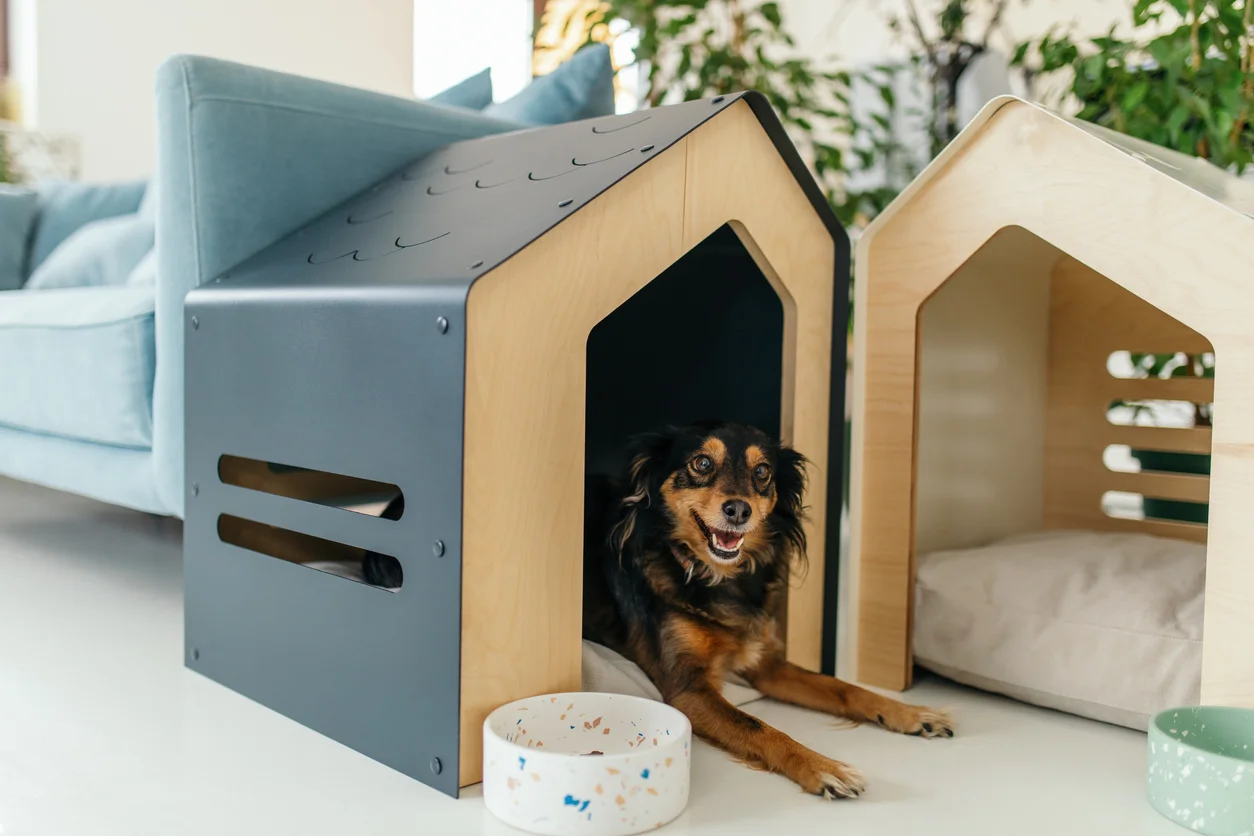During the cold winter months, it is essential to ensure that our beloved pets are comfortable and warm. This is particularly true for dogs that are kept outside in dog houses. In this essay, we will discuss several effective ways to keep dog houses cozy and warm during the winter season.
Insulation
One of the most important factors in keeping a dog house cozy during winter is proper insulation. Insulation helps to prevent heat loss and keeps the cold air from seeping into the dog house. There are several ways to insulate a dog house effectively.
Firstly, using insulation materials such as foam boards or reflective foils can be highly beneficial. These materials are excellent at reducing heat loss and can be easily installed inside the dog house. It is important to cover all walls, floors, and the ceiling to ensure maximum insulation.
Secondly, using straw or hay as bedding can provide additional insulation. Straw acts as a natural insulator, trapping heat and keeping the dog warm. It is recommended to layer the straw at least six inches thick to provide adequate insulation.
Heating

Heating is a crucial aspect of keeping dog houses cozy during the winter. Here are some key points to consider when it comes to heating:
- Heated dog beds or mats: Using a heated dog bed or mat is a popular method to provide warmth and comfort for dogs. These beds are specifically designed for outdoor use and are equipped with a heating element. They offer a warm and cozy surface for dogs to sleep on during cold nights.
- Heated dog houses: Another option is to invest in a heated dog house. These dog houses are specially built with built-in heating systems. They often come with adjustable thermostats, allowing you to regulate the temperature according to your dog’s needs. Heated dog houses are highly effective in providing a cozy and warm environment for dogs, especially in extreme cold temperatures.
- Portable heaters: Portable heaters can also be used in dog houses to provide additional heat. However, it is important to exercise caution when using them, as they can be a fire hazard if not used properly. It is recommended to choose heaters specifically designed for outdoor use and to follow the manufacturer’s instructions carefully. Additionally, portable heaters should be placed in a safe location, away from any flammable materials.
- Insulation: Proper insulation plays a significant role in retaining heat inside the dog house. Insulation materials, such as foam boards or reflective foils, can be installed inside the dog house to reduce heat loss. It is important to cover all walls, floors, and the ceiling with insulation materials to ensure maximum insulation. Insulation helps to keep the heat generated by heaters or the dog’s body inside the dog house, creating a cozy environment.
- Bedding: Choosing the right bedding for your dog’s house can also contribute to keeping it warm. Using straw or hay as bedding can provide additional insulation. Straw acts as a natural insulator, trapping heat and keeping the dog warm.
Incorporating these heating methods into your dog house will ensure that your furry friend stays warm and comfortable during the cold winter months. Whether it’s through heated beds or houses, portable heaters, proper insulation, or suitable bedding, providing a cozy environment is essential for your dog’s well-being.
Draft Prevention
Drafts can significantly reduce the effectiveness of insulation and heating methods. It is important to prevent drafts from entering the dog house to keep it cozy during winter. There are several ways to achieve this.
Firstly, sealing any gaps or cracks in the dog house is essential. Weatherstripping can be used to seal the edges of doors and windows, preventing cold air from entering. Additionally, caulking can be used to seal any gaps in the walls or joints of the dog house.
Secondly, installing a door flap can further reduce drafts. A door flap is a piece of flexible material that is hung over the entrance of the dog house. It acts as a barrier against cold air and helps to maintain a cozy environment inside the dog house.
Proper Ventilation
While insulation and draft prevention are crucial, it is equally important to ensure proper ventilation inside the dog house. Good ventilation helps to remove moisture and prevent condensation, which can lead to dampness and mold growth. However, ventilation should be balanced to avoid excessive heat loss.
To achieve proper ventilation, it is recommended to install vents or windows in the dog house. These openings allow fresh air to circulate while removing stale air. It is essential to choose vents that can be closed or covered during extremely cold weather to avoid excessive heat loss.
Regular Maintenance

Regular maintenance is vital to ensure that your dog house remains cozy and warm during the winter. Here are some key points to consider when it comes to regular maintenance:
- Cleaning: Regularly cleaning the dog house is important to prevent the buildup of dirt, moisture, and odor. Remove any bedding or straw and thoroughly clean the interior of the dog house using pet-safe cleaning products. Scrub the surfaces and rinse them thoroughly, ensuring that no residue is left behind. Allow the dog house to dry completely before replacing the bedding.
- Bedding replacement: It is essential to regularly replace the bedding in the dog house. Over time, bedding can become dirty, damp, and less effective at providing insulation. Replace the bedding at least once a month or as needed to maintain a cozy and clean environment for your dog.
- Inspection for damages: Regularly inspect the dog house for any signs of damage, such as cracks, leaks, or loose joints. These can compromise the insulation and draft prevention measures. Repair any damages promptly to ensure that the dog house remains structurally sound and effectively retains heat.
- Heating element check: If you are using heated dog beds, mats, or houses, regularly check the heating elements to ensure they are functioning properly. Look for any signs of wear and tear or malfunctioning parts. Replace or repair any faulty heating elements to ensure that your dog is receiving the warmth they need.
-
Ventilation maintenance: If your dog house has vents or windows for proper ventilation, regularly check and clean them. Remove any debris, cobwebs, or blockages that may hinder proper airflow. Ensuring good ventilation prevents the buildup of moisture and condensation, which can lead to dampness and mold growth.
Conclusion
In conclusion, keeping dog houses cozy during the cold winter months is crucial for the well-being of our furry friends. Insulation, heating, draft prevention, ventilation, and regular maintenance are all key factors to consider. By implementing these measures, we can ensure that our dogs remain comfortable and warm even in the coldest weather.


